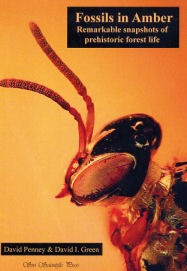The British upper Ordovician has a spectacular variety of invertebrate fossils. The marine communities in which they lived developed on a number of microcontintents and terranes, associated with tectonically active areas of the Earth’s crust.
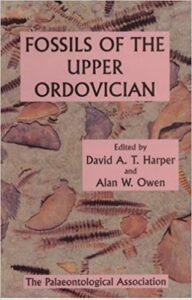

The British upper Ordovician has a spectacular variety of invertebrate fossils. The marine communities in which they lived developed on a number of microcontintents and terranes, associated with tectonically active areas of the Earth’s crust.

The Caithness area of Scotland is important for its geology, but is also well known for its palaeontology. The Caithness Flagstones are famous for fossil fish and the Helmsdale Fault for the Helmsdale Boulder Beds deposit, beside an active submarine fault scarp. The area even once had its own ‘gold rush’ and you can still try your luck at panning there today at Kildonan.
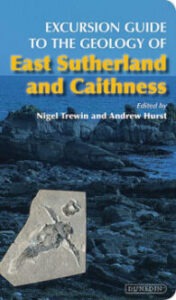
I suspect that many people who visit this website do so because of their amateur love of fossils and geology. They are interested in geology and palaeontology only on a curious level. However, there are no doubt some – perhaps at university or have just left tertiary education – who are currently wondering whether their interest in fossils can be used for more remunerative purposes.
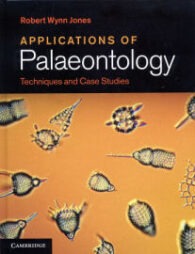
This is an odd, but nice little book, covering the geology of the Craven Lowlands, an that area is somewhat ignored, geologically. This may be true and, as much of this area is covered by Areas of Outstanding Natural Beauty, it therefore seems a great area for a geologically minded to go to for a holiday.
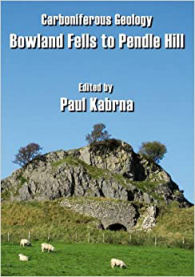
This is a charming little book, which describes itself as an “admittedly idiosyncratic compendium of [geological] words and phrases chosen because they are portals into larger stories”. It succeeds brilliantly at its professed goal, combining a great deal of information, education, and a gentle sense of fun, brought out very nicely by some attractive and humorous illustrations.
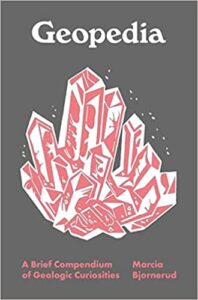
Fossils of the Rhaetian Penarth Group was the ninth published by PalAss and covers the eponymous Rhaetian Penarth Group, which includes the former Westbury Beds, Cotham Beds and White Lias.
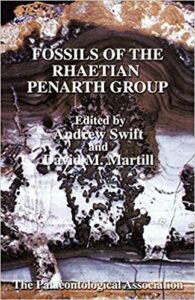
I love both the Yorkshire coast and its Jurassic fossil flora. I have used this guide many times, while ambling around looking for fossil plants.
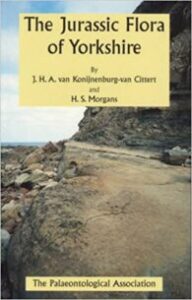
Nowadays, people don’t do geology – they do ‘earth sciences’ – and this book is very much in that mould. That’s not to say this is a problem. Expanding the study of the world to take on a more holistic view of how things work is fascinating and, it is clear from this book, just how much man has now begun to understand and benefit from this new way of looking at geological science.
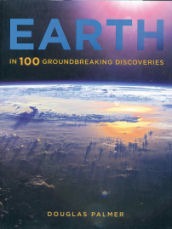
Once upon a time, I would have said that the only reason to buy this sort of guide is to look at the (black and white) photos of dinosaurs and their bones, and learn about the terrestrial life of what is now the Isle of Wight. However, this is obviously wrong. Of course it is possible for amateurs, as well as professionals, to find dinosaur bones on the beaches of the island.
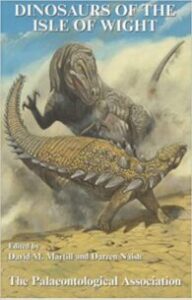
I have learned to like amber and this certainly isn’t the first book on the subject I have reviewed. I make no apologies – it’s a fascinating subject. However, if you like fossils in amber, you should definitely get this book. But, if you don’t like creepy-crawlies, perhaps you shouldn’t – as it’s the pictures that make it a resounding success.
